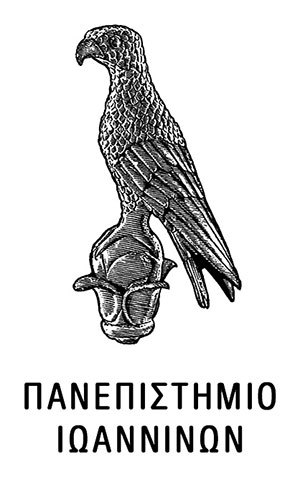The molecular and electronic structures, stabilities, bonding features and magnetic properties of prototypical planar isocyclic cyclo-U(n)X(n) (n = 3, 4; X = O, NH) and heterocyclic cyclo-U(n)(mu(2)-X)(n) (n = 3, 4; X = C, CH, NH) clusters as well as the E@[c-U(4)(mu(2)-C)(4)], (E = H(+), C, Si, Ge) and U@[c-U(5)(mu(2)-C)(5)] molecules including a planar tetracoordinate element E (ptE) and pentacoordinate U (ppU) at the ring centers, respectively, have been thoroughly investigated by means of electronic structure calculation methods at the DFT level. It was shown that 5f orbitals play a key role in the bonding of these f-block metal systems significantly contributing to the cyclic electron delocalization and the associated magnetic diatropic (magnetic aromaticity) response. The aromaticity of the perfectly planar cyclo-U(n)X(n) (n = 3, 4; X = O, NH), cyclo-U(n) (mu(2)-X)(n) (n = 3, 4; X = C, CH, NH), E @ [c-U(4)(mu(2)-C)(4)], (E = H(+), C, Si, Ge) and U @ [c-U(5)(mu(2)-C)(5)] clusters was verified by an efficient and simple criterion in probing the aromaticity/antiaromaticity of a molecule, that of the nucleus-independent chemical shift, NICS(0), NICS(1), NICS(zz)(0) and the most refined NICS(zz)(1) index in conjunction with the NICS scan profiles. Natural bond orbital analyses provided a clear picture of the bonding pattern in the planar isocyclic and heterocyclic uranium clusters and revealed the features that stabilize the ptE's inside the six- and eight-member uranacycle rings. The ptE's benefit from a considerable electron transfer from the surrounding uranium atoms in the E@[c-U(4)(mu(2)-C)(4)], (E = H(+), C, Si, Ge) and U@[c-U(5)(mu(2)-C)(5)]clusters justifying the high occupancy of the np orbitals of the central atom E.
(EN)

